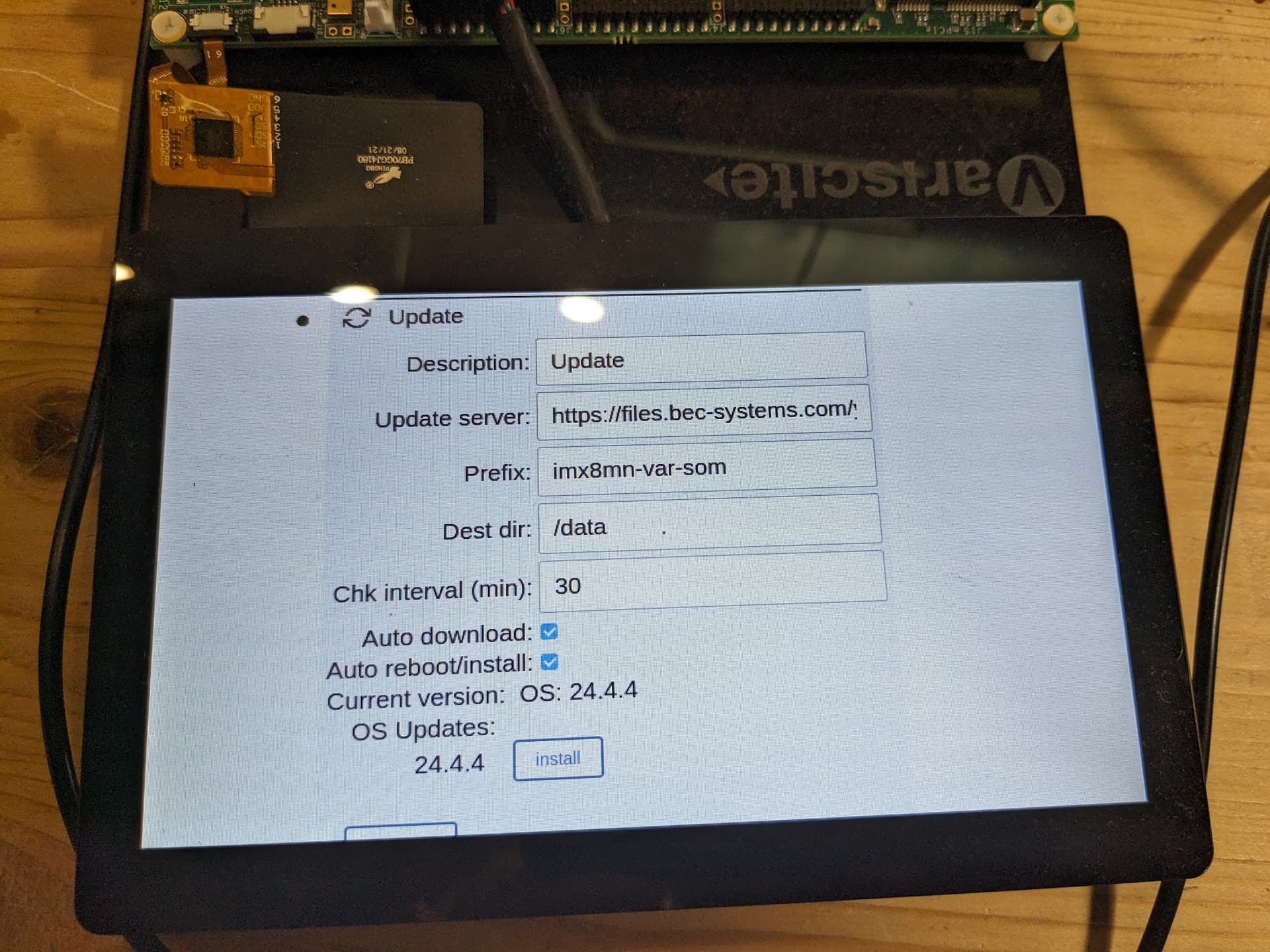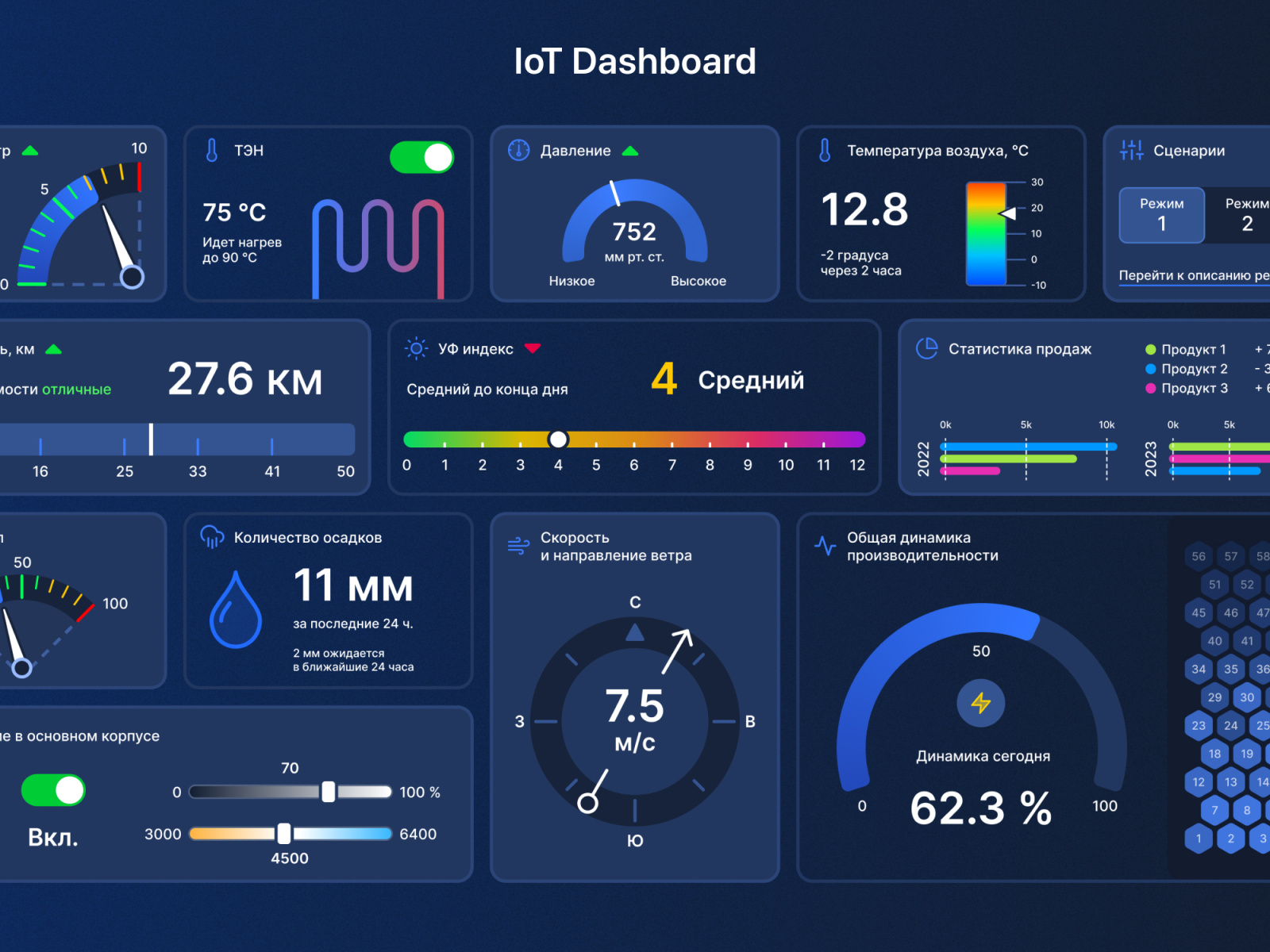Revolutionizing Connectivity: The Ultimate Guide To IoT Update Management
Hey there, tech enthusiasts! Imagine a world where every device around you works seamlessly, updating itself without you even realizing it. Sounds futuristic? Well, it’s not as far-fetched as you might think. IoT update management is the backbone of this connected world, and it’s here to stay. Whether you're managing a fleet of smart devices or just trying to keep your smart fridge up to date, understanding IoT update management is crucial. So, buckle up, because we're diving deep into the world of IoT updates.
In today's fast-paced digital era, the Internet of Things (IoT) has become an integral part of our daily lives. From smart home devices to industrial machinery, IoT devices are everywhere. But what happens when these devices need updates? That's where IoT update management comes in. It ensures that all your devices are running the latest software, enhancing performance and security. Without proper management, your devices could become outdated, vulnerable, and even obsolete.
So, why should you care about IoT update management? Well, imagine your smart thermostat failing to adjust the temperature because it hasn't received the latest update. Or worse, your industrial equipment malfunctioning due to outdated firmware. These scenarios highlight the importance of having a robust IoT update management strategy. Let's explore how you can stay ahead of the curve and keep your devices running smoothly.
Understanding IoT Update Management
What is IoT Update Management?
Alright, let's break it down. IoT update management refers to the process of ensuring that all connected devices in an IoT ecosystem receive the necessary software updates. These updates can include bug fixes, security patches, performance improvements, and new features. The goal is to keep devices functioning optimally and securely. It's like giving your devices a regular check-up to make sure they're in top shape.
Key points:
- IoT update management involves updating firmware and software across multiple devices.
- It ensures devices are secure and performant.
- Updates can be automatic or manual, depending on the setup.
Without effective IoT update management, devices can become outdated, leading to security vulnerabilities and decreased performance. Think of it as the oil that keeps the wheels of your IoT ecosystem turning smoothly. And trust me, you don't want those wheels grinding to a halt.
The Importance of IoT Update Management
Why Should You Care?
Here's the deal: IoT devices are only as good as their software. Without regular updates, they can become a liability rather than an asset. Security threats are one of the biggest concerns when it comes to IoT devices. Hackers are always on the lookout for vulnerabilities, and outdated software is a goldmine for them. By implementing a solid IoT update management strategy, you can protect your devices and data from potential threats.
Performance is another critical factor. Outdated software can slow down your devices, affecting their efficiency and usability. Imagine your smart home system lagging every time you try to adjust the lights. Frustrating, right? Regular updates ensure that your devices are running at their best, providing a seamless user experience.
Fun fact: Did you know that IoT devices are expected to reach 75 billion by 2025? That's a lot of devices that need managing. With such a massive number, having a reliable IoT update management system in place is more important than ever.
Challenges in IoT Update Management
What Can Go Wrong?
While IoT update management is essential, it's not without its challenges. One of the biggest hurdles is device diversity. IoT ecosystems often consist of a wide variety of devices with different hardware and software requirements. This makes it difficult to create a one-size-fits-all update strategy. Additionally, connectivity issues can hinder the update process, especially in remote locations with limited internet access.
Another challenge is ensuring that updates don't disrupt device functionality. In some cases, updates can introduce new bugs or conflicts with existing software. This is why thorough testing and validation are crucial before rolling out updates to a large number of devices. And let's not forget about user consent. In some cases, users may need to approve updates, which can delay the process and lead to inconsistencies.
Tips to overcome challenges:
- Use a centralized update management platform.
- Test updates thoroughly before deployment.
- Ensure devices have stable connectivity during updates.
By addressing these challenges head-on, you can create a more efficient and effective IoT update management system. It's all about finding the right balance between automation and control.
Best Practices for IoT Update Management
How to Do It Right
So, you want to get serious about IoT update management? Here are some best practices to help you get started. First and foremost, establish a centralized update management system. This will allow you to monitor and manage updates across all your devices from a single platform. It's like having a control center for your entire IoT ecosystem.
Next, prioritize security. Make sure that updates are delivered securely and that devices are authenticated before receiving updates. This will help prevent unauthorized access and protect your devices from potential threats. Regularly monitor your devices for any signs of unusual activity, and address issues promptly to minimize downtime.
Best practices summary:
- Use a centralized platform for update management.
- Prioritize security in the update process.
- Monitor devices regularly for any issues.
By following these best practices, you can create a robust IoT update management system that keeps your devices secure and performing at their best. It's all about being proactive and staying one step ahead of potential problems.
IoT Update Management Tools and Platforms
Your Toolbox for Success
Now that you know the importance of IoT update management, let's talk about the tools and platforms that can help you achieve success. There are several options available, each with its own strengths and weaknesses. Some popular choices include:
- OTA (Over-the-Air) Update Platforms: These platforms allow you to deliver updates wirelessly, making it easy to manage devices in remote locations.
- Device Management Platforms: These platforms offer a comprehensive suite of tools for managing IoT devices, including update management.
- Custom Solutions: For businesses with specific needs, creating a custom solution may be the best option. This allows for greater flexibility and control over the update process.
When choosing a tool or platform, consider factors such as scalability, security, and ease of use. You want a solution that can grow with your IoT ecosystem and provide the features you need to manage updates effectively. Don't be afraid to try out different options to find the one that works best for you.
Security Considerations in IoT Update Management
Keeping Your Devices Safe
Security is a top priority when it comes to IoT update management. With the increasing number of cyber threats, ensuring that your devices are secure should be at the forefront of your strategy. One of the key aspects of security is authentication. Make sure that only authorized devices and users can access and update your IoT devices.
Encryption is another critical component. By encrypting update packages, you can protect sensitive data from being intercepted by malicious actors. Additionally, implement a secure boot process to ensure that devices only run trusted software. This will help prevent unauthorized modifications and protect your devices from potential threats.
Security tips:
- Use strong authentication methods.
- Encrypt update packages to protect sensitive data.
- Implement a secure boot process for added protection.
By incorporating these security measures into your IoT update management strategy, you can create a safer and more secure environment for your devices. Remember, security is not a one-time fix; it requires continuous monitoring and improvement.
Future Trends in IoT Update Management
What's Coming Next?
As technology continues to evolve, so does IoT update management. One of the trends to watch is the use of artificial intelligence (AI) and machine learning (ML) in the update process. These technologies can help automate and optimize updates, making the process more efficient and effective. AI can analyze device behavior and predict when updates are needed, while ML can identify patterns and suggest improvements.
Another trend is the rise of edge computing. By processing updates closer to the devices themselves, edge computing can reduce latency and improve performance. This is especially beneficial for devices in remote locations with limited connectivity. As more devices move to the edge, update management solutions will need to adapt to this new paradigm.
Emerging trends:
- AI and ML for automated updates.
- Edge computing for improved performance.
- Increased focus on security and privacy.
Keeping an eye on these trends will help you stay ahead of the curve and ensure that your IoT update management strategy remains relevant and effective.
Case Studies: Real-World Examples
Learning from Others
Let's take a look at some real-world examples of successful IoT update management. One notable case is Tesla's over-the-air (OTA) updates. Tesla uses OTA updates to deliver new features and improvements to its vehicles, enhancing the user experience and keeping their cars up to date. This approach has set a new standard for the automotive industry and highlights the potential of IoT update management.
Another example is the healthcare industry, where IoT devices are used for patient monitoring and treatment. By implementing a robust update management system, healthcare providers can ensure that their devices are secure and functioning properly, leading to better patient outcomes. These case studies demonstrate the importance of IoT update management in various industries and the benefits it can bring.
Key takeaways:
- Tesla's OTA updates showcase the potential of IoT update management.
- The healthcare industry benefits from secure and reliable device updates.
- Real-world examples highlight the importance of effective update management.
By learning from these examples, you can gain valuable insights into how to implement a successful IoT update management strategy in your own organization.
Conclusion: Staying Ahead in the IoT Revolution
Alright, we've covered a lot of ground here. IoT update management is not just a nice-to-have; it's a necessity in today's connected world. By understanding the importance of updates, addressing the challenges, and implementing best practices, you can create a robust system that keeps your devices secure and performing at their best. Remember, the key is to stay informed and adapt to the ever-changing landscape of IoT technology.
So, what's next? Take action! Start by evaluating your current IoT update management strategy and identifying areas for improvement. Explore the tools and platforms available and choose the ones that best fit your needs. And don't forget to keep an eye on emerging trends to ensure that your strategy remains relevant and effective.
We'd love to hear your thoughts and experiences with IoT update management. Leave a comment below and share this article with your network. Together, let's revolutionize the way we manage IoT devices and create a smarter, more connected world!
Table of Contents
Understanding IoT Update Management
The Importance of IoT Update Management
Challenges in IoT Update Management
Best Practices for IoT Update Management
IoT Update Management Tools and Platforms
Security Considerations in IoT Update Management
Future Trends in IoT Update Management
Case Studies: Real-World Examples
Conclusion: Staying Ahead in the IoT Revolution



Detail Author:
- Name : Cassie Ryan
- Email : gluettgen@stroman.com
- Birthdate : 2000-02-21
- Address : 31941 Windler Stream Apt. 320 Port Tamia, KY 18486
- Phone : 571-472-9608
- Company : Bode-Dickinson
- Job : Information Systems Manager
- Bio : Veniam deleniti sit impedit quam. Harum velit natus eos et dolorem architecto. Voluptatem nostrum nam nihil.